what triggers winter yellows
ken_adrian Adrian MI cold Z5
12 years ago
Related Stories
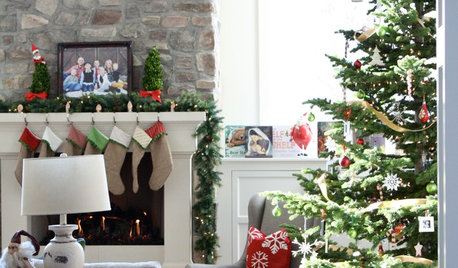
LIFE10 Ways to Work Through Grief Triggers During the Holidays
A year after losing her sister, she was facing another holiday. Here’s how one woman learned to find joy again
Full Story
PRODUCT PICKSGuest Picks: Yellow Accents for Brighter Winter Days
Bring in the sunshine with these cheery yellow side tables, lamps, benches and more
Full Story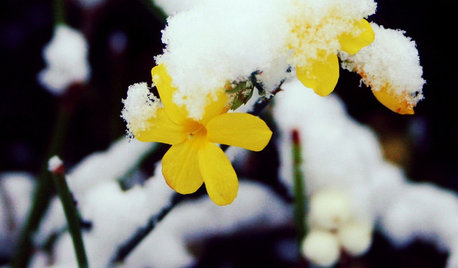
YELLOW FLOWERSGreat Design Plant: Winter Jasmine Gladdens Snowy Gardens
Sunny yellow flowers defy the frost, bringing cheer to the garden on gray days
Full Story
BATHROOM COLOR7 Tips for a Sensational Yellow Bathroom
Counter the late-winter blahs with a blast of sunny yellow in the bathroom
Full Story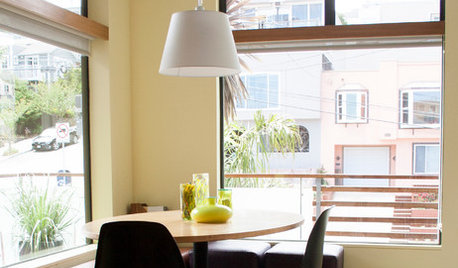
COLORColor of the Week: Spring Blossom Yellow
Tired of winter yet? Bring on spring with our featured color of the week
Full Story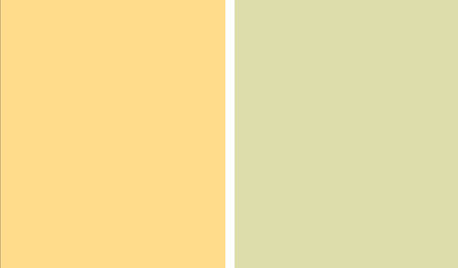
DECORATING GUIDESPaint Color Ideas: 8 Uplifting Ways With Yellow and Green
Dial up the cheer with yellow and green paint combinations sure to cast off winter doldrums
Full Story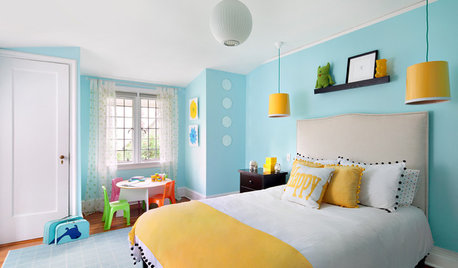
COLORTake Rooms on a Tropical Trip With Turquoise and Yellow
Flee winter's doldrums with a virtual island paradise at home, courtesy of sea-drenched and sunshiny colors
Full Story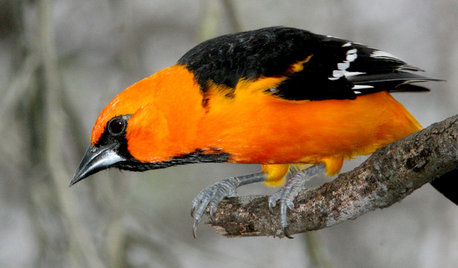
GARDENING GUIDESBackyard Birds: Orioles Return After Spending Winter in the Tropics
These colorful songbirds prefer woodlands and forest edges, but they’ll visit yards with fruit-producing trees and shrubs
Full Story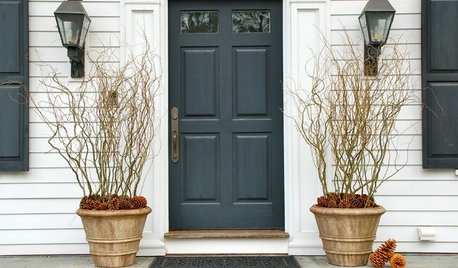
WINTER GARDENINGBranches Bring the Winter Spirit to Container Gardens
Add dimension and drama to winter pots with branches from austere to downright colorful
Full Story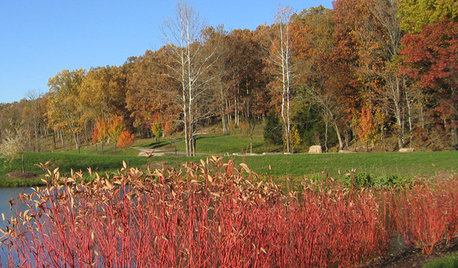
GARDENING GUIDESThese Hedges Can Add Interest to Your Winter Garden
Evergreen trees and shrubs provide structure and color in the winter months — and can attract wildlife too
Full Story







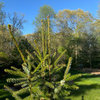
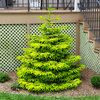
tunilla
tunilla
Related Professionals
Ballenger Creek Landscape Architects & Landscape Designers · Forest Park Landscape Architects & Landscape Designers · Fort Lee Landscape Architects & Landscape Designers · Damascus Landscape Contractors · Hendersonville Landscape Contractors · Manhattan Landscape Contractors · Mesa Landscape Contractors · Newberg Landscape Contractors · Oklahoma City Landscape Contractors · Palatine Landscape Contractors · Paterson Landscape Contractors · Pleasanton Landscape Contractors · Roswell Landscape Contractors · Severna Park Landscape Contractors · Sugar Hill Landscape Contractorsstrobiculate
whaas_5a
sluice
ken_adrian Adrian MI cold Z5Original Author
ken_adrian Adrian MI cold Z5Original Author
strobiculate
ken_adrian Adrian MI cold Z5Original Author
tunilla
strobiculate
ken_adrian Adrian MI cold Z5Original Author
whaas_5a
ken_adrian Adrian MI cold Z5Original Author
noki
whaas_5a
strobiculate